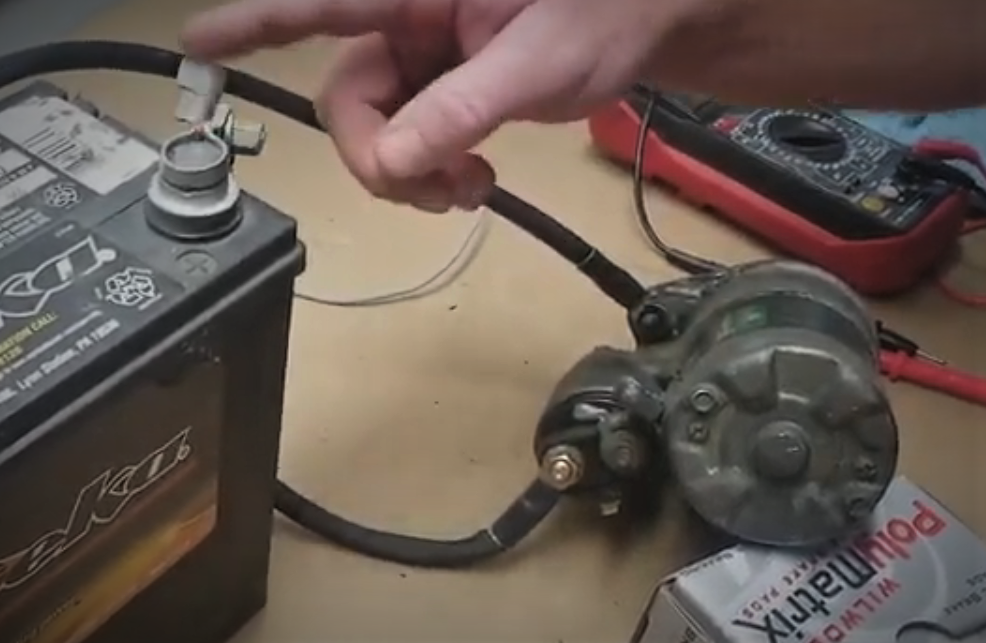Ever struggled with an intermittent starter issue?
It’s a perfect scenario where you might be tempted to start replacing batteries and cables without much diagnostic troubleshooting beforehand (often to the detriment of your wallet).
But there is an easy way to test to make sure your starter is—at least—getting power and able to properly energize and spin. And the electrical experts at Wiring Specialties will show you exactly how to do it.

Even better, the test is pretty easy to do at home, particularly if you’ve already got the starter and solenoid out of the vehicle. All you need is a vehicle battery, some spare battery cables, and a multimeter to make it happen.
Wiring Specialties makes a ton of invaluable electrical components and wiring harnesses for engine swaps (particularly of the LS variety), so the company knows an awful lot about troubleshooting electrical issues.
This is handy diagnostic know-how to have, as it could save you from blowing money on a replacement starter motor that you don’t need—and it can help you dig deeper to find the root of your wonky starting problem.
Check it out:

Another test that can be done (If the solenoid is external to the starter) is to also measure the voltage on the other side of the solenoid that feeds the starter motor while it is spinning. This will indicate if the solenoid is dropping voltage indicating a failing or failed solenoid switch contacts. Alternatively just energizing the solenoid by itself (no heavy gauge connections to the solenoid or motor) and measuring the resistance across the heavy gauge connections.
Hope that makes sense.